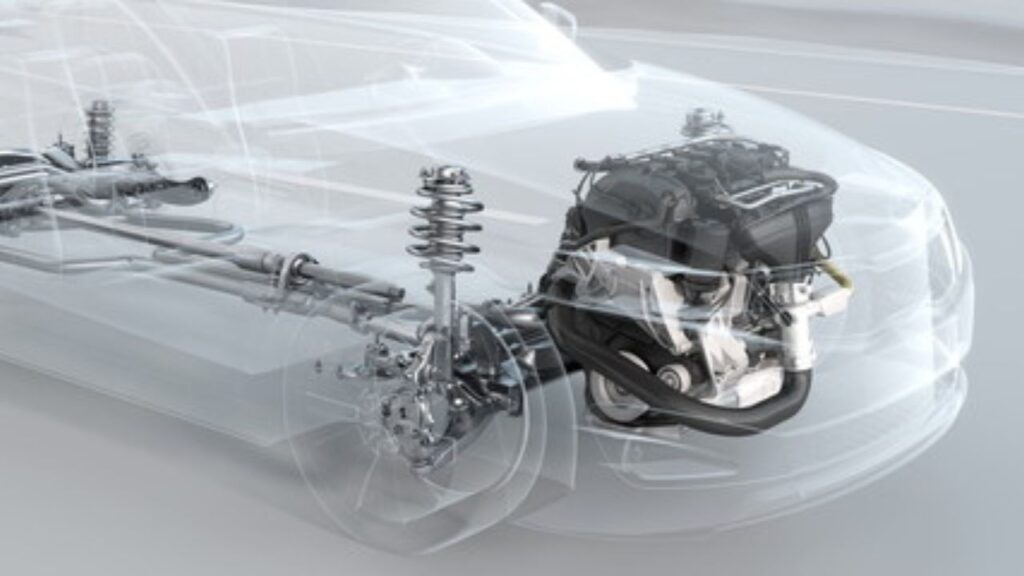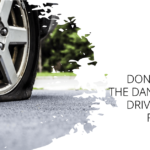A car’s engine is a sophisticated mechanism that uses various moving parts to push the vehicle forward. Every part of the engine plays a role in the smooth operation of the motor and power delivery to the wheels. By learning how each part works, you can better diagnose issues and keep the engine running smoothly. In this Dubai Recovery Service post, we’ll examine what makes up a car engine and how it works.
An Introduction to Automobile Engines
Most automobiles nowadays are powered by gasoline engines. An electric spark ignites gasoline and air in the combustion chamber, releasing energy that turns the vehicle’s wheels. Compressed air in the diesel engine’s combustion chamber is heated, igniting the fuel.
- An electric motor is driven by energy generated by a battery pack in an electric engine. Hybrid engines use an internal combustion engine and an electric motor to achieve greater fuel economy and lower emissions than either component alone.
- Crankshafts, camshafts, Cylinders, pistons, valves, and fuel injectors are standard in automotive engines. All these components collaborate to turn the energy stored in gasoline into motion for the vehicle’s wheels. To keep your car in top shape for years to come, it helps to have a firm grasp of the fundamentals of its operation.
Principal Components of the Engine and Their Functions
There are numerous components and functions within an automobile motor. The engine block, which contains the cylinders, is the primary body of the engine.
- The reciprocating pistons inside the cylinders are rotated by the crankshaft, which is coupled to the central core of the engine.
- The camshaft, also attached to the engine block, operates the valves that release air and fuel into the cylinders and exhaust gases.
- The head gasket secures the cylinder head to the engine core.
- Connecting rods link the crankshaft to the pistons, and cylinders burn fuel.
- The intake and exhaust valves and the spark plugs on the cylinder head ignite each cylinder’s air/fuel combination.
- The cooling system prevents the engine from overheating by pumping liquid through radiator coils, and the exhaust system removes combustion gases from the engine through a tailpipe.
Components of the Fuel System and Operations
- The gasoline system of a vehicle is responsible for supplying fuel to the engine.
- The most common fuel system typically uses a carburetor to balance fuel and oxygen before entering the engine.
- In addition to both port infusion and direct injection, there are a few different kinds of fuel systems.
- Port injection systems inject fuel into the intake apertures, whereas direct injection systems inject fuel directly into the cylinders.
- The main parts of a vehicle’s fuel system are the tank, pump, filter, throttle body/carburetor, injectors, and intake manifold.
- The gas reservoir stores fuel until it is required by the turbine.
- The fuel pump pumps gas from the tank to the throttle or carburetor body at a steady pressure.
- An internal combustion engine’s carburetor or throttle body is responsible for mixing air and fuel in the appropriate quantities before the mixture is allowed to enter the engine’s cylinders.
- Injectors have supplanted carburetors in some modern vehicles with fuel injection systems.
Read more: Car Engine Types And Which One Is Best?
Components of the Ignition System and Their Operation
- The spark that is produced by the ignition system is what ignites the combination of air and gasoline that is in the engine.
- It comprises the spark electrodes, ignition coils, distributor, and rotor.
- The spark electrodes are located atop the cylinders and ignite the fuel with an electrical charge.
- The ignition coils are under the hood and provide high voltage to the spark electrodes.
- Under the hood, the distributor houses a rotating limb that sequentially distributes high voltage to each cylinder.
- The distributor shaft and rotor rotate together.

Functions of Cooling System Components
- The cooling system of an automotive engine cooling system comprises various components, each of which serves a specific purpose.
- Coolant is circulated between the engine block and the radiator as part of the cooling system, which mainly prevents the engine from being overworked.
- The components that comprise the cooling system are the water pump, the thermostat, the fan, the radiator, and the tubing. The water pump circulates coolant to remove engine heat.
- Radiators remove coolant heat. The thermostat controls refrigerant temperature and the fan cools the radiator.
- Hoses transport cooling system coolant.
Exhaust System Parts
- The exhaust system’s components eliminate engine exhaust pollutants.
- The essential components are the exhaust manifold, catalytic converter, muffler, and tailpipe.
- To reduce pollution, the exhaust is sent to a catalytic converter from each cylinder through an exhaust manifold.
- The converter contains a chemical that facilitates the conversion of dangerous gases into less dangerous ones.
- The muffler reduces engine noise, while the tailpipe directs the vehicle’s exhaust emissions away from the vehicle.
Other Engine Components and Their Functions
- The alternator, water pump, gasoline pump, and timing belt are other essential engine parts.
- The engine’s valves and pistons are kept in time with one another using a timing belt.
- The engine’s heat is dissipated by the use of a water pump.
- The fuel pump supplies the engine with gasoline, while the alternator keeps the battery charged.
Common Automobile Engine Issues
- One of the most common issues with automobile motors is overheating.
- A refrigerant leak, defective water pump, or thermostat might cause this.
- It is crucial to have your engine repaired promptly if it overheats, as it can cause severe damage.
- Another common issue is oil discharge.
- These may be caused by deteriorated seals and gaskets or an oil filter problem.
- If you observe an oil leak, have it repaired promptly, as it could result in severe engine damage if ignored.
- Engine vibration is a common issue that can arise.
- This is typically caused by an accumulation of carbon deposits on the pistons or valves, leading to decreased performance and fuel efficiency.
- If your engine is rumbling, a mechanic should examine it to determine if underlying issues must be addressed.
Read more: The Ultimate Guide to Increasing Your Car Battery’s Life
FAQs
What are the main parts of a car engine and their functions?
The main parts of a car engine include the engine block, cylinder head, pistons, connecting rods, crankshaft, camshaft, valves, and timing belt/chain. The engine block houses the cylinders and combustion chambers, while the cylinder head contains the valves and valve train. The pistons move up and down inside the cylinders to compress the air and fuel mixture, which is ignited by the spark plug.
The connecting rods connect the pistons to the crankshaft, which converts the linear motion of the pistons into rotational motion. The camshaft operates the valves and the timing belt/chain controls the timing of the valves and pistons.
How can I maintain my car engine parts to ensure optimal performance?
Regular maintenance, including oil changes, air filter replacements, and regular inspections, can help keep your engine components in good working condition and extend their lifespan. It’s also important to follow manufacturer recommendations for maintenance schedules and use high-quality replacement parts when needed.
What is the function of the engine block in a car engine?
The engine block is the main component of the engine that houses the cylinders and combustion chambers. It provides support and rigidity to the engine, while also helping to dissipate heat. It also contains the crankshaft, which converts the linear motion of the pistons into rotational motion.
Final Words
We hope that this article on the components and functions of automobile engines has contributed to a better understanding of how our vehicles operate. Knowing the various components of your vehicle’s engine can assist you in accurately diagnosing problems and maintaining its peak performance.
For car inspection service in Dubai UAE, contact us at +971505073124.





